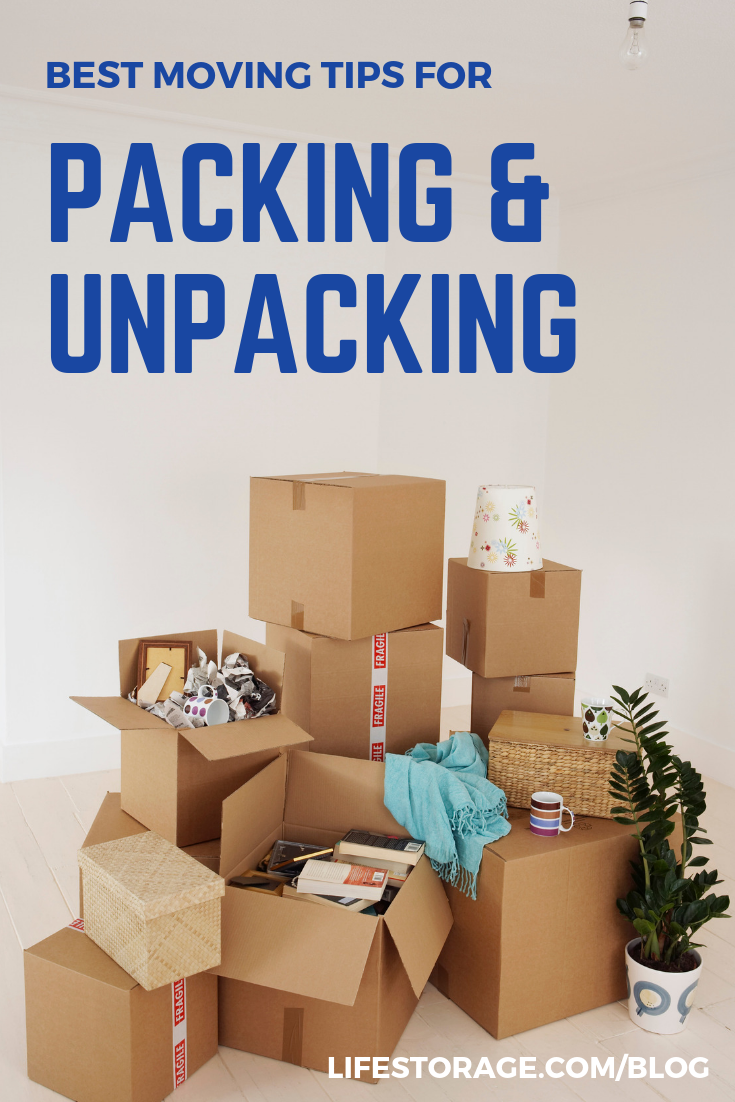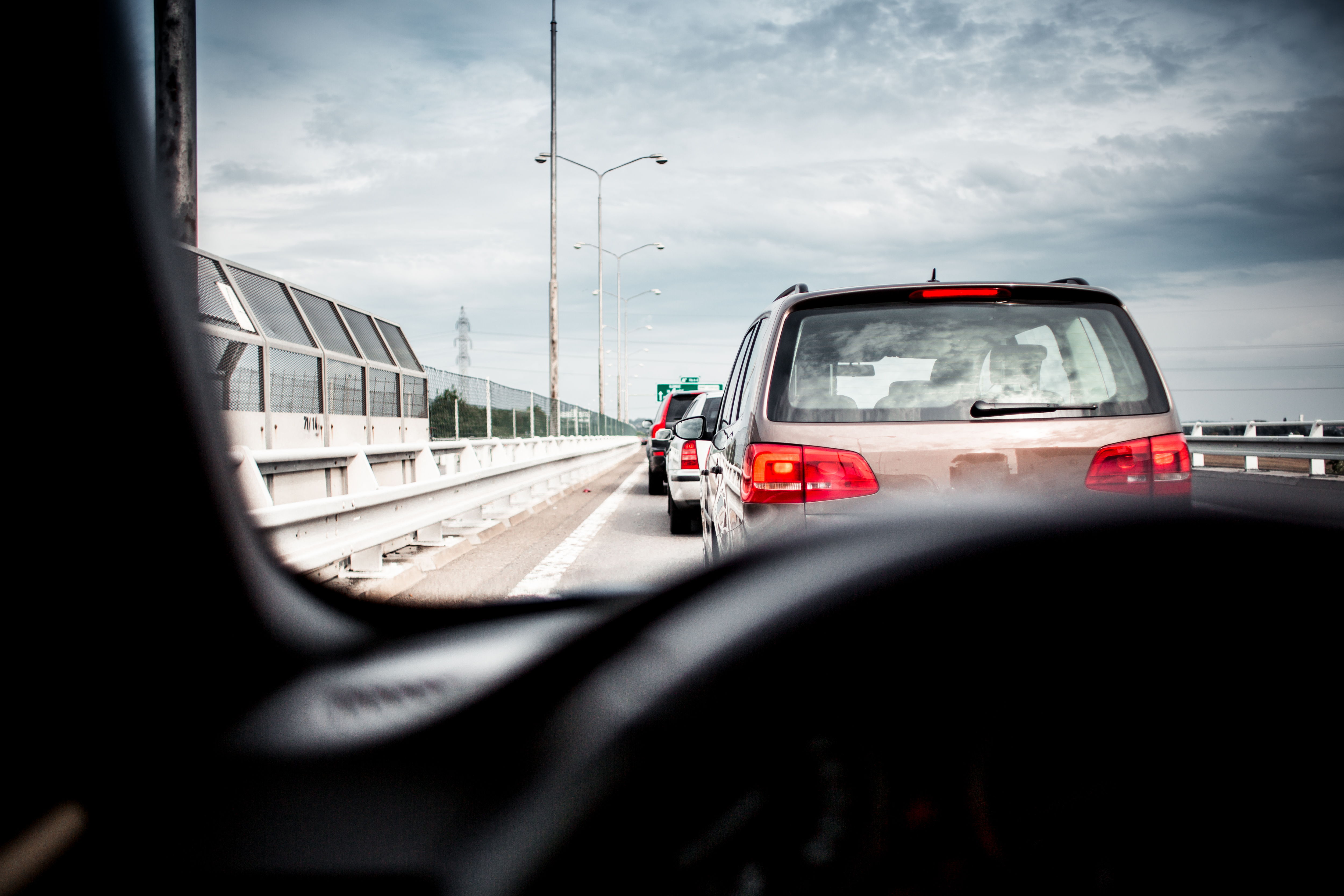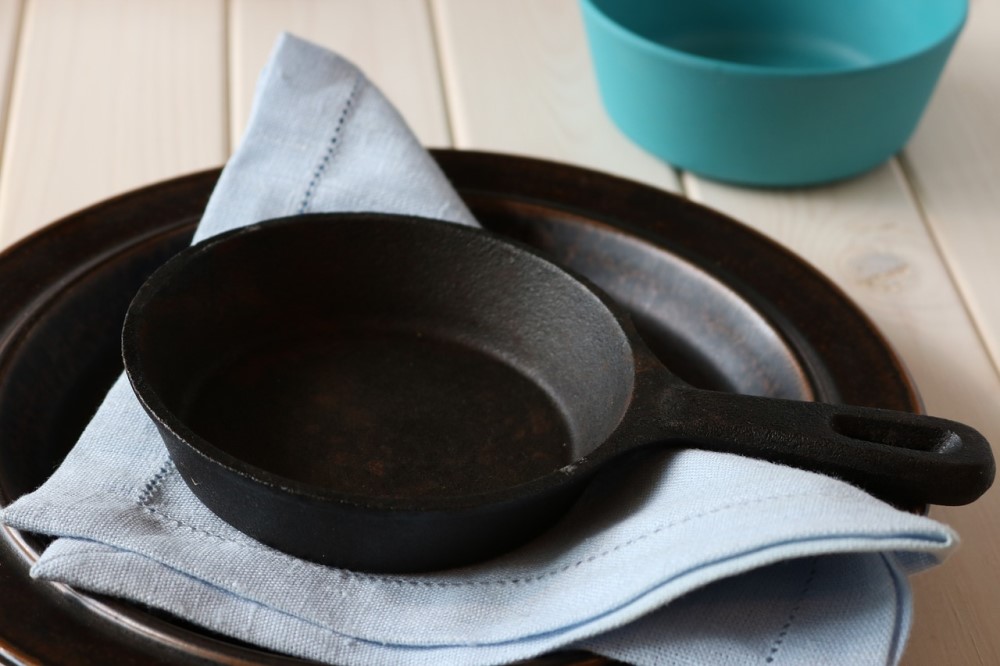
It’s okay, you can say it: Moving can be a nightmare.
Somehow, relocating from A to B manages to combine late nights packing and unpacking, heavy lifting, kid upheaval, unfamiliar locations, work stress and logistical headaches into one big, ugly ball of stress – then smacks it down into the middle of the work year. Yay!
The fact that moving is so rough leads many people to shrug and assume there’s nothing to be done. Moving will suck the last drop of your soul no matter what you do, right?
Well, not really. In fact, we’ve spent a lot of time thinking about packing, unpacking and storing. We know what we’re talking about when we say, there are ways to streamline the process. When it comes to packing and unpacking for your next move, there is a better way.
How? Have a look at our best packing tips for moving.
Packing Tips to Make Moving Easier
The goal of this post is to teach you how to use the packing process to make unpacking a breeze. While smart general packing tips still apply, the idea here is that by packing better, you can make unpacking a comparative breeze. To start, be sure to buy sturdy moving boxes to use for packing your belongings in order to have the best success.
(Note that if you’re looking for a timeline and checklist of our best packing tips for moving, we’ve got you covered there as well! You can grab it in the organization section at the bottom of this post!)

Separate Items by Room, Then Purpose, for Easy Packing
Packing is a project, mostly because you have so much stuff to deal with and not even brain space (or living room space) to accommodate the mess. Here’s a simple way to make the packing process much simpler and faster: sort items by room, then by the material.
Wait, what? you’re thinking. Material? What does that even mean?
This is a little counterintuitive, but essentially, this technique temporarily suspends the point/use of each item and treats it as a raw material that has a single purpose in the packing process. Think:
-
- Wrapping materials: Clothing, towels, bathmats, napkins, tapestries, bedding and other textiles, and if necessary, paper
-
- Anchoring objects: Cooking pots, knife blocks, heavy vases, chests and generally weighty objects made of wood or metal that will keep boxes from tipping
-
- Organizational tools: Laundry baskets, shoe bins, plant pots and other items with storage space inside
- Delicates: Items that need protection
Combine Items in Boxes for Maximum Density
When it comes time to pack, use this process to keep items safe and maximize your box space:
-
- Tape the bottom of a box and set it upright.
-
- Place an assortment of anchoring objects along the bottom.
-
- Add a layer of wrapping material.
-
- Add an organizational tool on top.
-
- Wrap and insert delicate objects into the organizational tool.
-
- Pack extra objects around the edge of the tool, inside the box walls.
-
- If there is room left over, create a new layer with steps 4-6 (but do NOT add more anchoring objects).
- Take extra care with dishes, electronics, lamps/lampshades and clothes.
- Pack everything as tightly as you can without squashing items.
Because you’re still keeping like items more or less together (towels, pots, decorative objects), packing this way doesn’t make unpacking any harder … as we’ll see shortly. But first, let’s get those boxes into a moving van or car.
The Best Way to Pack a Vehicle on Moving Day

How to Pack Your Moving Truck for Simple, Secure Unloading
The goal when packing up your stuff is to ensure that your most immediately necessary items are on-top, still assembled and ready to go. If you’re working with a moving company who will unload all your stuff at once, all you have to do is ensure these boxes are clearly labeled, e.g. UNPACK ME FIRST or COOKING GEAR, whatever works for you.
If you’re driving your own van, you’ll want to pack these items last. That way, you don’t have to unpack the whole van to get at them.
Remember that a moving van is not unlike the overhead compartment in an airplane. By the time you get to your destination, whether the next town over or an entire country away, contents may have shifted. That means your top priority is staying safe once you open the truck back up, so pack a van like you would a box: heavy items at the bottom, lighter items on top. Use squishy items in between to keep boxes in place.
And make sure you’re prepared to drive a moving truck rental. If you’ve never driven one before, check out our post for the best tips. It’s not as hard as it looks!
How to Pack Your Car for Safety and Convenience
Just as with a moving truck, the first rule of packing a vehicle is you must stay safe. With a car, that means packing heavy boxes a) at the bottom, and b) toward the back. Your goal is to keep your car square on the road, ensuring that your possessions don’t create an unsafe shift in its center of gravity.
With that said, sometimes you need heavy items along the way and can’t have them buried. Think about a camp stove and pots, or the 10-pound weights with which you kick off each morning. If that’s the case, leave out a few heavy items, and wrap them in clothing or linens inside your luggage. Then strap everything down with bungee cords.

The Perfect Unpacking System

Unpacking is definitely a more exciting prospect than packing for most, but it’s still a royal pain in the you-know-where. Ideally, you can organize your new home as you unpack, a job that’s much easier if you use the above packing process. To make the process even simpler, here are a few smart steps to keep in mind.
Sort Objects as You Remove Them from Boxes
To carry the packing system forward during unpacking, make sure to keep like materials together as you remove them, sorting further as they emerge from boxes. That means:
-
- Put clothes with clothes, and towels with towels, etc.
-
- Stack items that will be stored as stacks (books, plates).
- Use organizational tools to help you distribute objects, e.g. loading clothes right into laundry baskets.
Once you get a solid “load” of possessions together, go ahead and put them away before proceeding. Since you can remove and stash all the light objects at once, you’ll have a clear space once you get down to the heavier ones at the bottom.
Wash Items as Necessary
If items need a bath when they emerge from boxes, do it right away. For instance, if you’ve moved to the opposite coast, you’ll want to give all your textiles a bath (which probably isn’t necessary for a cross-town move). As soon as you have a full load, pop it in the washer to avoid the inevitable Everest-sized pileup that comes with waiting.
Ditto with dishes. They often come out of boxes fuzzy with paper dust or smeared from dirty hands, so load up the dishwasher as you go and keep them cycling through.
Keep Your Packing and Unpacking Process Organized
Other steps helpful for maximizing organization include:
- Break down boxes as you go to minimize visual clutter.
- Place objects inside their eventual homes (e.g. the medicine cabinet) and make a note to organize them later.
- Keep a shopping list on hand and write down items you need to buy for your new home as you think of them.
Hopefully, these tips will help make your moving process a breeze. To organize your move a step further, download our comprehensive moving checklist. It will help you map out the move, from months beforehand to well after the move-in. That, combined with these stress-free packing and unpacking tips, should steer you through the troubled waters of relocation and into the calm seas of satisfaction!






